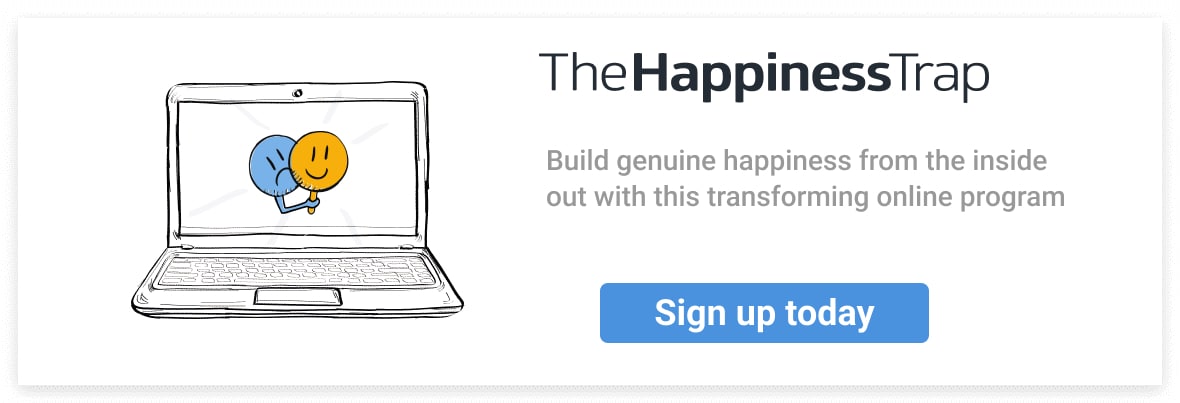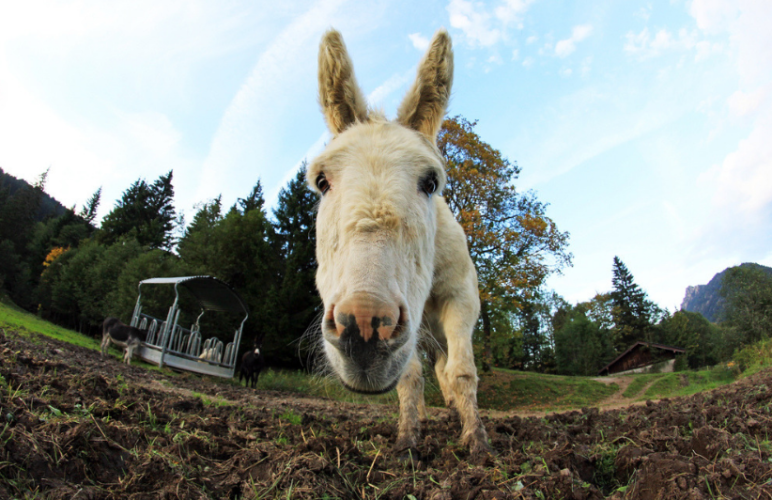When I first wrote The Happiness Trap – back in 2006 – I didn’t even mention the word ‘mindfulness’ until almost half way through the book, because back then almost nobody knew what it meant.
Well, times have changed. In the last decade, there’s been an explosion of interest in mindfulness, and the problem now is that many people think they know what it means, when actually they don’t!
For example, many people think it’s a type of meditation, or relaxation, or positive thinking, or a spiritual/religious practice, or it comes from Buddhism, and none of these ideas are accurate.
Yup, that’s right; not one of those ideas is correct, as you’ll see in the video I have linked to at the end of this blog. But before we get to that, let’s get clear about what mindfulness actually is.
We can think of mindfulness as a psychological toolkit for enhancing your health, wellbeing and life.
And there are many different tools within this kit – which serve a variety of different purposes.
There are tools which help you focus, and refocus, your attention on the task or activity you are doing, and engage in it fully (focusing & engaging skills); others that help you to detach or unhook from difficult or unhelpful thoughts (unhooking or defusion skills); others that help you open up and make room for painful emotions, and allow them to flow through you (acceptance or expansion skills); and yet others that enable you to savour, appreciate and enhance the satisfaction of enjoyable and pleasurable experiences (savouring skills).
And all these different skills have one common factor: they all involve paying attention in a particular way, with an attitude of openness, curiosity, and flexibility.
“Flexibility” means we can direct our attention to wherever it will be most useful. This might be our inner world of thoughts and feelings, or the outer world that we know through the five senses, and it may involve narrowing our focus, or broadening our focus, or shifting it altogether.
And no matter what we focus on – our thoughts and feelings, our words and actions, the world around us, our aim is to do so with openness to and curiosity about the object(s) of our attention.
So we can define mindfulness as: ‘A set of psychological skills for enhancing life, that involve paying attention with openness, curiosity and flexibility.’
In later blogs, I’ll explore some of the many different skills in the mindfulness toolkit. For now, though, I want to end this blog with a link to a short video about the 5 most common myths about mindfulness. I hope you enjoy it.




